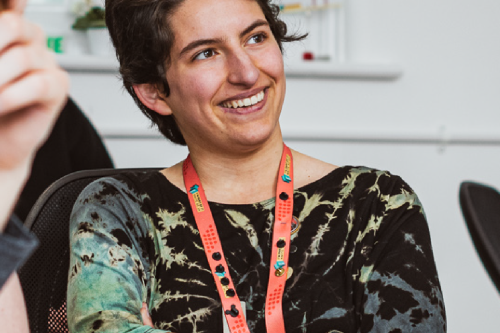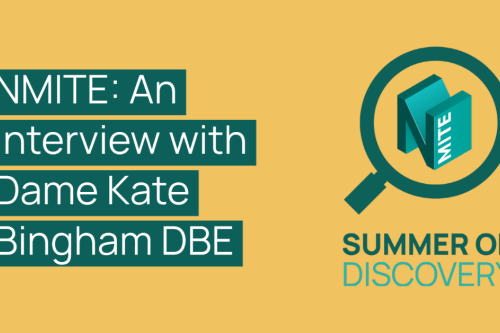Throughout history, engineering and technology have been shaped by trailblazing individuals—pioneers who pushed the boundaries of innovation while also challenging societal norms. This LGBTQ+ History Month and beyond, NMITE are celebrating engineers and scientists whose contributions have left a lasting impact on the world.
These figures not only transformed STEM but also stood as symbols of resilience, proving that diversity in engineering drives progress.
LGBTQ+ Engineers & Scientists from History

Sara Josephine Baker (1873-1945)
A physician and public health pioneer, Dr. Baker’s work saved an estimated 90,000 infants in early 20th-century New York City. Her groundbreaking policies in child hygiene and disease prevention reshaped public health standards, particularly for marginalised communities. She was also a strong advocate for women’s rights, immigrant healthcare, and poverty alleviation, and lived out her later years with her partner, novelist Ida Wylie.
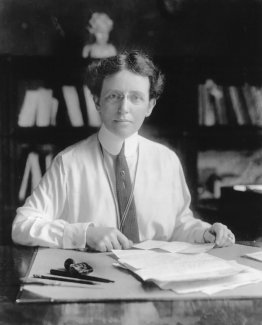
Alan L. Hart (1890-1962)
A physician and radiologist, Alan L. Hart was a transgender pioneer in medicine. He was among the first trans men to undergo gender-affirming surgery in the United States (1917). Beyond his personal courage, he revolutionised tuberculosis detection by pioneering the use of X-ray imaging in diagnostics, saving countless lives.
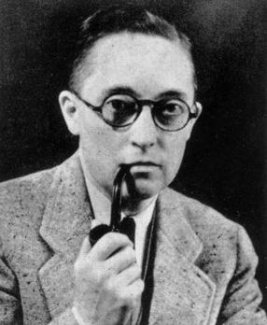
Frank Kameny (1925-2011)
An astronomer and civil rights activist, Frank Kameny was dismissed from his government role in 1957 due to his sexuality. Instead of stepping back, he became a leading figure in the LGBTQ+ rights movement, fighting against discriminatory employment policies and helping shift public perception of LGBTQ+ people in STEM. Today, his contributions are commemorated on the National LGBTQ Wall of Honour at the Stonewall National Monument.
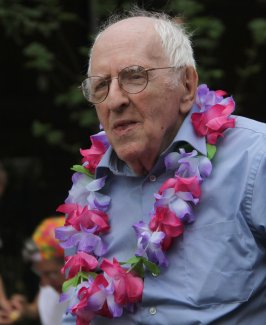
Agnes E. Wells (1876-1959)
A professor of Mathematics and Astronomy, Agnes E. Wells was also the Dean of Women at Indiana University and later became chair of the National Woman’s Party, advocating for women’s rights. She lived with her partner, Lisa Woodbridge, while championing equality in education and STEM.
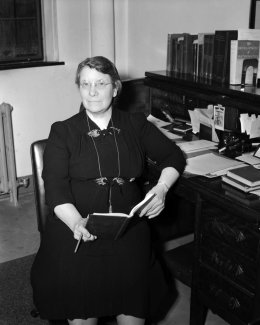
Alan Turing (1912-1954)
Few figures in STEM have had as profound an impact as Alan Turing. Known as the father of computer science and AI, Turing’s work in cracking the Enigma Code during World War II helped shorten the war by over two years, saving millions of lives. Despite his achievements, he was prosecuted for his homosexuality and subjected to chemical castration. In 2013, he was posthumously pardoned by Queen Elizabeth II, and today, his face graces the Bank of England’s £50 note.
Edith Windsor (1929-2017)
A computer programmer and software engineer, Edith Windsor held senior roles at IBM and was a leader in the LGBTQ+ rights movement. Her legal challenge led to the landmark 2013 Supreme Court ruling that struck down the Defence of Marriage Act, paving the way for marriage equality in the U.S.

Lynn Conway (1938-2024)
A computer scientist and electrical engineer, Lynn Conway made major contributions to microchip design and computer architecture. She was fired from IBM in 1968 after transitioning but went on to work at Xerox PARC, where her work shaped modern computing. Beyond her technical achievements, she became a leading advocate for transgender rights, using her platform to push for workplace protections and equality in STEM.
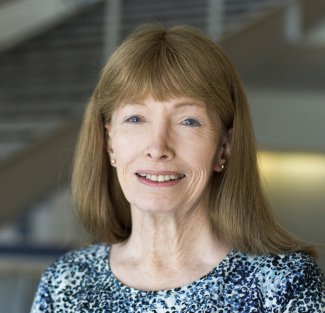
Sally Ride (1951-2012)
An aviation hero and physicist, Sally Ride became the first American woman in space in 1983. A trailblazer in STEM, she inspired generations of women and underrepresented groups to pursue careers in science and engineering. While she kept her bisexual identity private during her lifetime, her legacy was later honoured when her life partner, Tam O’Shaughnessy, received Ride’s Presidential Medal of Freedom posthumously on her behalf.
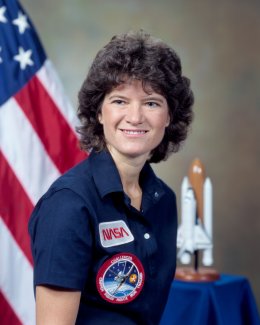
Allan Hellman (1904-1982)
A Swedish engineer and activist, Allan Hellman was the first man to openly come out as gay in Sweden. His legacy extends beyond engineering; he founded the Swedish National Association for LGBTQ+ Rights (RFSL), one of the world’s oldest LGBTQ+ rights organisations. His advocacy paved the way for greater acceptance and equality in Sweden and beyond.
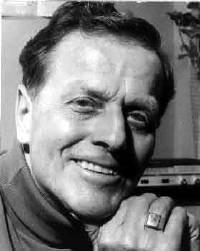
Celebrating Visibility in STEM
The achievements of these engineers and scientists remind us that diversity strengthens innovation. Their contributions have reshaped industries, saved lives, and paved the way for future generations in STEM. But their stories also highlight the challenges that LGBTQ+ individuals have faced—and in some cases, still do—in their careers.
At NMITE, we believe that engineering is for everyone. Diversity drives innovation, and inclusive spaces create better solutions for the world’s biggest challenges. That’s why we are committed to ensuring that STEM is a space where everyone belongs, through initiatives like LGBTQ+ student societies, inclusive teaching practices, and an open, supportive learning environment.
By embracing different perspectives and experiences, we help shape a future where all engineers, regardless of identity, have the opportunity to thrive and contribute to a better world.




